Best Robot Vacuum Black Friday Deals 2025: Save on Top Self-Emptying & M...
Let's be honest: shopping for a robot vacuum on Black Friday can feel overwhelming. You’re bombarded with plenty of specs: powerful suction, AI obstacle avoidance, precise navigation, self-washing docks—and it’s hard to know what’s actually worth your money. That’s where we come in. In this guide, you’ll find our personally vetted picks, a clear breakdown of what those technical features actually mean for your daily life, and the mistakes to avoid. We'll also help you find the perfect robot vacuum for your home this Black Friday.
Mark your calendars: Black Friday is November 28, 2025, with Cyber Monday following on December 1, 2025. But the best deals often start dropping the week before!
Our Top 5 Robot Vacuum Recommendations
For the skimmers who want the quick answers, here are our top picks for Black Friday 2025:
Best Overall: Dreame X50 Ultra (Save $800)
Best Value / Sweet Spot: Dreame X40 Ultra (Save $700)
Best for Pet Hair: Dreame L50 Ultra (Save $550)
Best for Hardwood Floors: Dreame Aqua10 Ultra Roller (Save $600)
Best for Mixed Floors Deep Cleaning: Matrix10 Ultra (Save $600)
Best Budget Pick: Dreame L10s Pro Ultra (Save $550)
To help you compare them side-by-side, here’s a breakdown of their key specs:
Model
Main Brush Type
Mop Type
Mop Lift/Edge Extension
Suction
Navigation
Max Runtime
Used/Clean Water Tank
Dock Type
X50 Ultra
Detangling DuoBrush
Dual Spinning Mops
Yes
20k Pa
VersaLift DToF
220 mins (6,400mAh)
1.19gal / 1.06gal (4.5L / 4L)
Auto Empty, Wash, Dry
X40 Ultra
Anti-tangleTriCut brush
Dual Spinning Mops
Yes
12k Pa
LDS
200 mins (6,400mAh)
1.19gal / 1.06gal(4.5L / 4L)
Auto Empty, Wash, Dry
L50 Ultra
Detangling DuoBrush
Dual Spinning Mops
Yes
19.5k Pa
LDS
200 mins (6,400mAh)
1.19gal / 1.06gal(4.5L / 4L)
Auto Empty, Wash, Dry
Aqua10 Ultra Roller
Detangling DuoBrush
Roller Mop
Yes
30k Pa
VersaLift DToF
175 mins (6,400mAh)
1.06gal / 0.92gal (4L / 3.5L)
Auto Empty, Hot Wash & Dry
Matrix10 Ultra
Detangling DuoBrush
3 pairs of switchable mop pads
Dual Spinning Mops
Yes
30k Pa
VersaLift DToF
260 mins (6,400mAh)
1.45gal / 1.06gal (5.5L / 4L)
Auto Empty, Hot Wash & Dry
L10s Pro Ultra
Rubber Brush
Dual Spinning Mops
Yes
7k Pa
LDS
220 mins (5,200mAh)
1.19gal / 1.06gal(4.5L / 4L)
Auto Empty, Wash, Dry
In-Depth: Our 2025 Black Friday Robot Vacuum Picks
Now, let's get into the why behind each pick. These aren't just random selections; they're models chosen for how they solve real problems in your home.
Best Overall: Dreame X50 Ultra
[product handle="x50-ultra-robot-vacuum" rating="4.7"]
Expert Why: This is our top pick for a reason. Its revolutionary MopExtend™ feature is a game-changer for anyone with a mix of carpets and hard floors. The robot vacuum can actually sense a carpet, lift its mops, and extend them slightly beyond the body to get right up to the edges of your baseboards and into room corners. It’s the closest thing to a truly comprehensive clean, tackling dust, crumbs, and sticky messes with 20,000Pa of suction and a dock that empties, washes, and even hot-air dries the mop pads so you don’t have to lift a finger for weeks.
Best Value: Dreame X40 Ultra
[product handle="dreametech-x40-ultra-robot-vacuum" rating="4.8"]
Expert Why: This model is the sweet spot for most households. It delivers a powerful 12,000Pa of suction and a reliable, fully-featured self-emptying, self-washing, and self-drying dock—the two most important features for a truly hands-off experience—at a Black Friday price that's incredibly hard to beat. You get flagship-level convenience and smart navigation without the very top-tier price, making it the smartest investment for the long haul.
Best for Pet Hair: Dreame L50 Ultra
[product handle="l50-ultra-robot-vacuum" rating="4.9"]
Expert Why: If you have pets, this is your solution. Its unique tangle-free brush is specifically engineered to inhale fur without it wrapping around the roller, saving you the constant headache of cutting hair free. Combined with 19,500Pa of suction, it pulls up embedded dander and hair from deep within carpets. The self-emptying bin is the final piece of the puzzle, trapping all those allergens in a sealed bag so you and your pets can breathe easier.
Best for Hardwood Floors: Dreame Aqua10 Ultra Roller
[product handle="aqua10-ultra-roller-robot-vacuum" rating="5"]
Expert Why: If your home is mostly hard floors, your priority is a flawless mopping experience. Aqua10 Ultra Roller mops with real-time fresh water. Grease, spills, and tough stains are scrubbed away instantly, making your floors spotless. The advanced roller guard design separates wet and dry for optimal carpet protection. The dock automatically washes with up to 212℉ water and dries the mop pads after every session, preventing smelly, mildewy pads. You get a pristine mop every time, ensuring your beautiful hardwood and tile floors are genuinely clean, not just damp.
Best Budget Pick: Dreame L10s Pro Ultra
[product handle="l10s-pro-ultra" rating="5"]
Expert Why: If you want the core convenience of a smart, self-emptying robot vacuum but want to keep things simple, the L10s Pro Ultra is a fantastic choice. It forgoes the complex mopping systems of higher-end models but offers reliable LiDAR navigation and strong 7,000Pa suction for a rock-solid price. It’s the perfect "set it and forget it" vac for tackling daily dust and crumbs on a budget, and the self-emptying base lets you enjoy those weeks of hands-off freedom.
Why Buy a Robot Vacuum on Black Friday?
Black Friday is far and away the best time of the year to invest in a robot vacuum. While you might see small sales throughout the year, this is when brands pull out all the stops.
You can typically expect deep discounts of 30% to 60% off on previous-generation models and even significant savings on the latest releases. The most crucial insider tip? The best selection of high-end, self-emptying models is available between November 21-24, 2025, before the Thanksgiving weekend rush. Waiting until the last minute often means the model you really want is sold out.
3 Black Friday Robot Vacuum Mistakes to Avoid
It’s easy to get swept up in the hype. Avoid these common pitfalls to ensure you’re thrilled with your purchase long after the confetti settles.
Buying Based on Suction Alone. A 6,000Pa vacuum with poor navigation will miss spots that a 4,000Pa model with smart mapping won't. Think of it like a car: horsepower (suction) is useless without a good steering wheel (navigation). Always prioritize LiDAR and AI navigation over raw suction power. A smarter robot vacuum is a more effective cleaner.
Skipping the Dock Features. Here’s a little secret: the vacuum itself is only about 30% of the experience. The dock is what makes it truly "hands-free." A self-emptying base means you only need to touch the dust bag every 60 days, instead of every day. A self-washing and drying dock means you never have to handle a dirty, smelly mop pad again. This is the upgrade that genuinely changes your relationship with cleaning.
Ignoring Mopping. Even if you're a "hardcore vacuumer," a mopping function is a game-changer for hard floors. It tackles the fine dust and sticky spots that suction alone can't. For a truly clean floor, you need both. Modern robot vacuums like the ones we’ve featured seamlessly switch between the two, so you don’t have to choose.
What to Look for When Buying a Robot Vacuum
Still feeling unsure? Let's break down the key features based on what you need. For a deep dive, check out our Complete Robot Vacuum Buying Guide.
Self-Emptying & Self-Washing: Is It Worth the Extra Cost?
In a word: yes. This is the feature that transforms your robot from a neat gadget into a genuine life-changer. The convenience of not having to empty the bin after every clean or scrub a dirty mop pad cannot be overstated. It’s the difference between daily maintenance and true automation. We explore this in detail in our article: Are Self-Emptying Robot Vacuums Worth It?
Obstacle Avoidance: AI vs. LiDAR
LiDAR: The gold standard for navigation. It uses a laser to map your home, creating an efficient cleaning path and ensuring it doesn’t miss spots or get lost. It’s excellent at avoiding walls and furniture.
AI Obstacle Avoidance: The next level. Using a camera and AI, the robot can identify and avoid specific objects left on the floor, such as socks, charging cables, and pet waste. For a truly "no-brainer" experience that lets you skip pre-cleaning the floor, look for models with both LiDAR and AI.
Mopping: Do You Really Need It?
If you have any hard-surface floors (tile, hardwood, laminate), the answer is a resounding yes. It elevates your clean from "picked up" to "visibly spotless." The main types are:
Roller Mop: A rotating cylindrical pad to scrub and lift messes in one pass for a streak-free finish.
Dual Spinning: Two rotating mop pads that provide a more thorough, scrubbing action (our preferred method for tougher messes).
Learn more about the differences here: Robot Vacuum: No-Mop vs. Combo.
Suction Power (Pa): What the Numbers Really Mean
Pascal (Pa) measures suction strength. But more isn't always better after a certain point.
~2k-5k Pa: Good for daily dust and crumbs on hard floors.
~6k-9k Pa: Excellent for most homes, capable of cleaning low-pile carpets effectively.
10k+ Pa: Powerful enough for deep cleaning embedded dirt in medium-pile carpets. Beyond this, the returns diminish unless you have very specific, high-pile carpet needs.
Ready to Find Your Perfect Match?
Navigating the world of robot vacuums doesn't have to be confusing. This Black Friday, you’re armed with the knowledge to find a deal that doesn’t just save you money, but genuinely saves you time and effort for years to come.
Curious about pricing or timing? Learn more about what to expect in our guides: How Much Does a Robot Vacuum Cost? and The Best Time to Buy a Robot Vacuum.

















































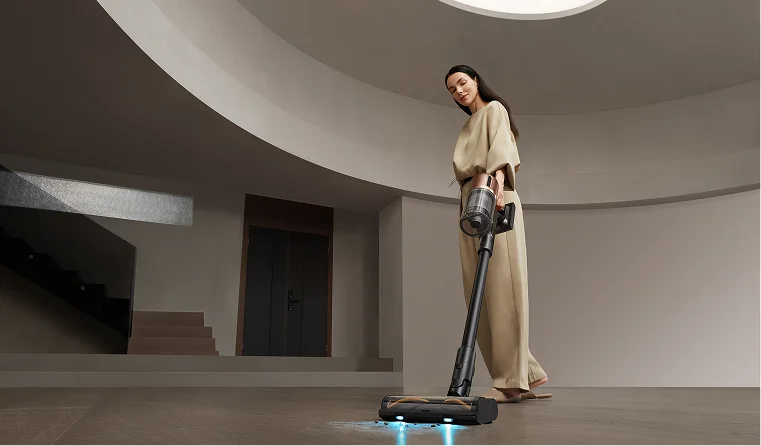
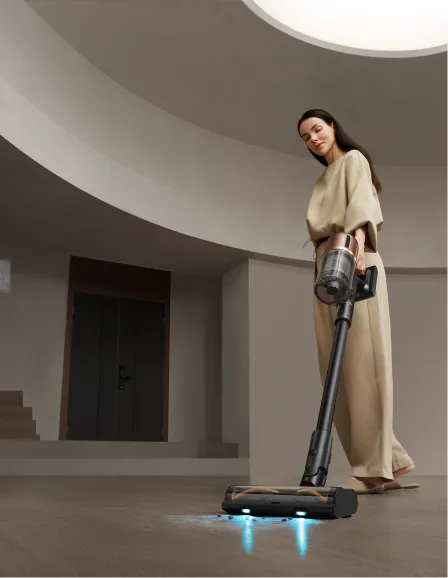
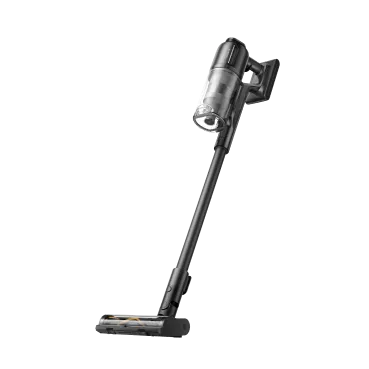
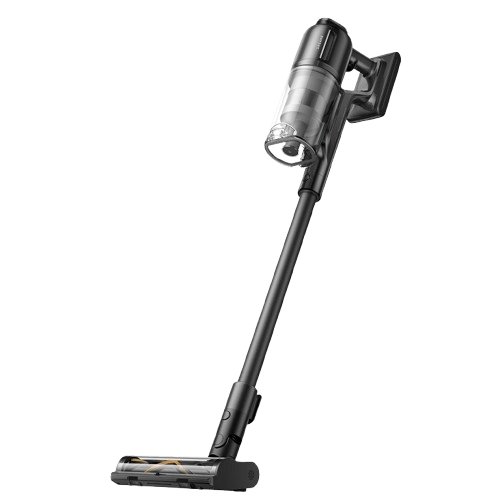
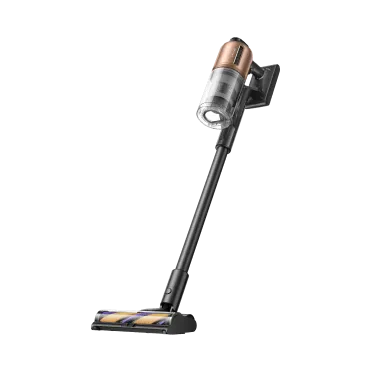
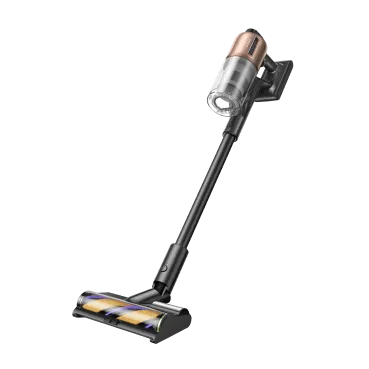
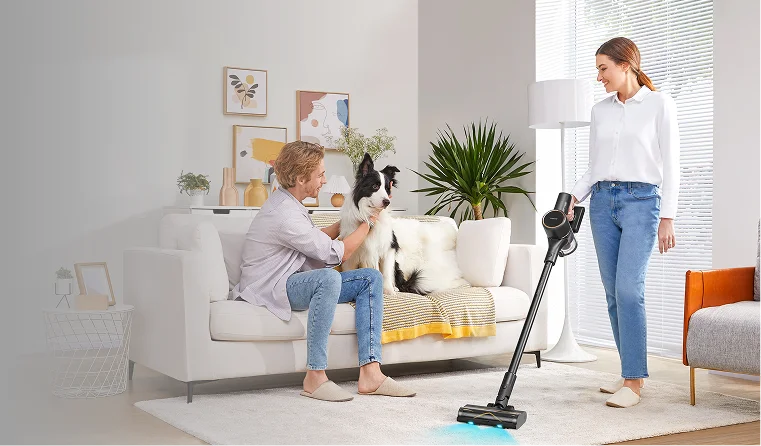
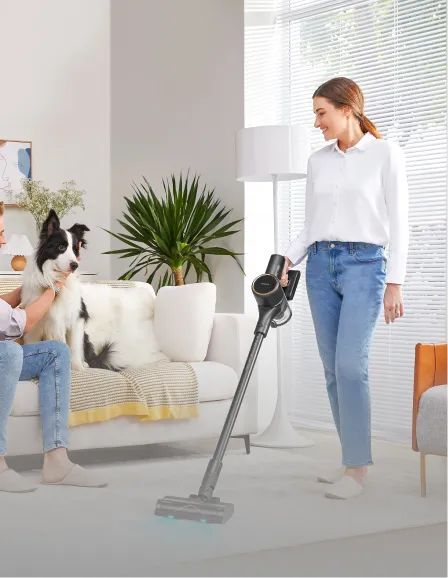
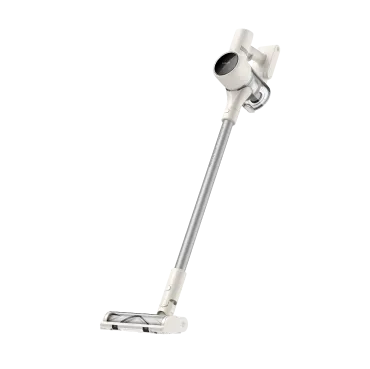
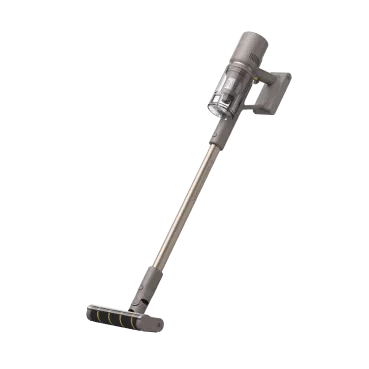
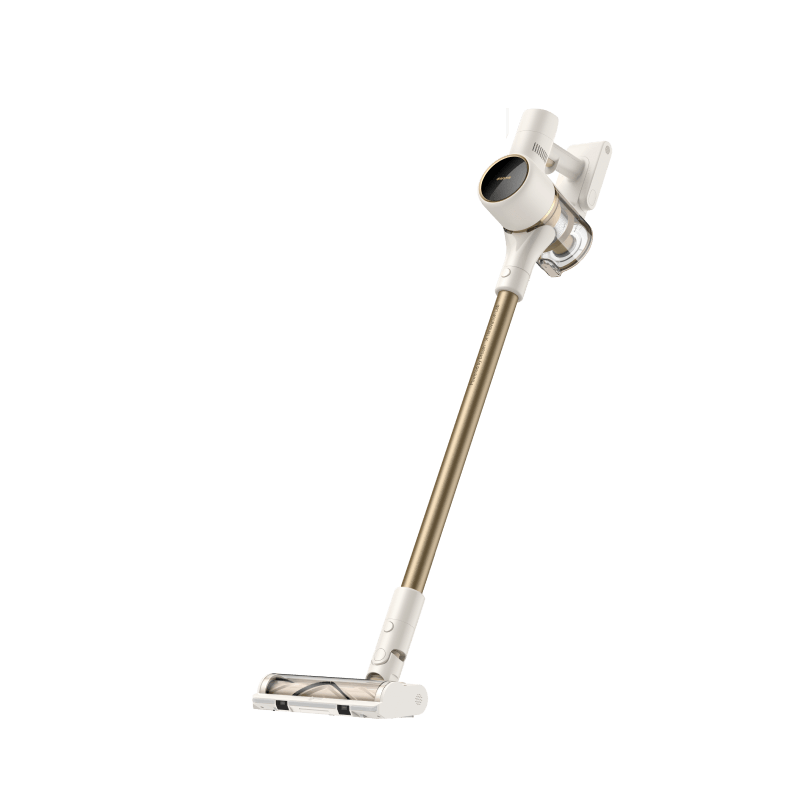
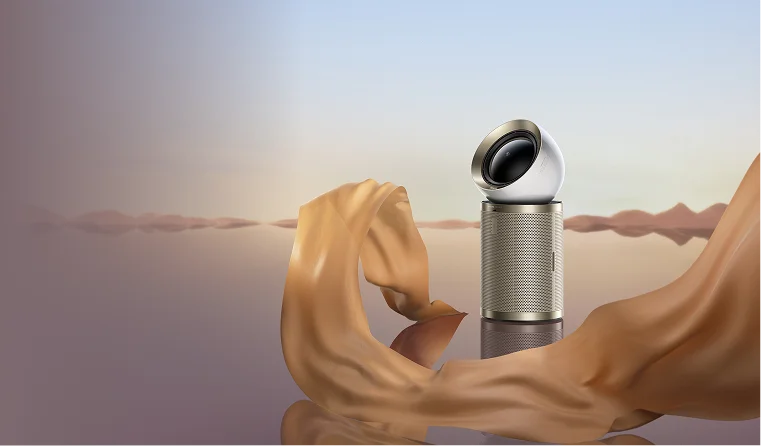
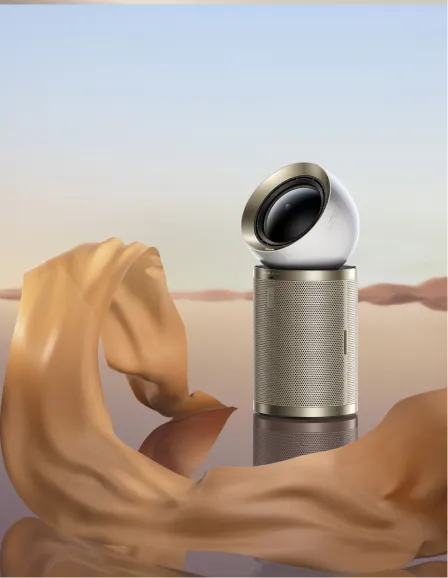

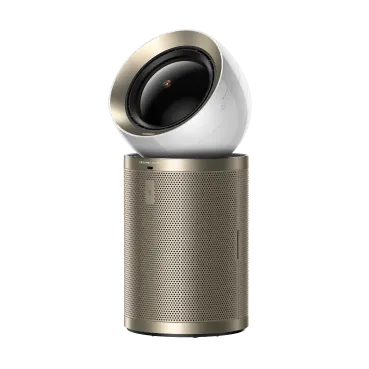
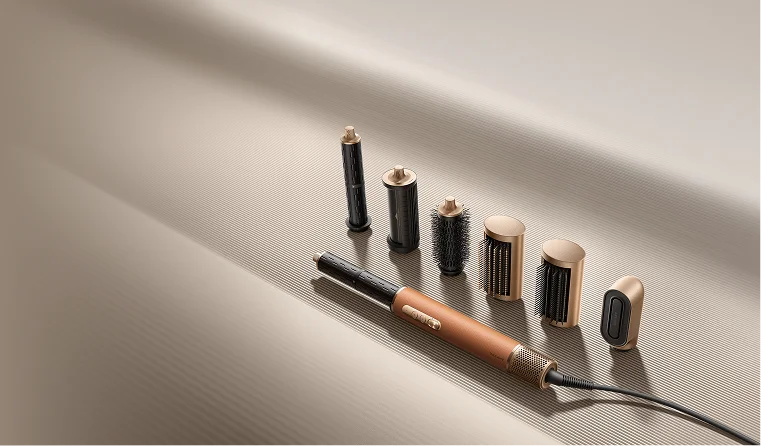
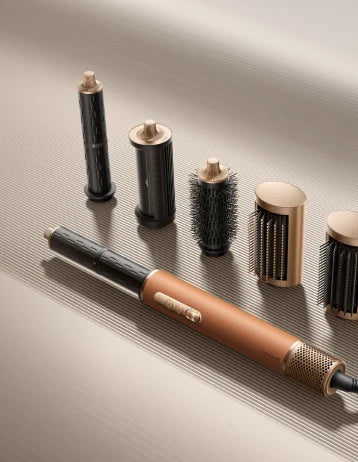
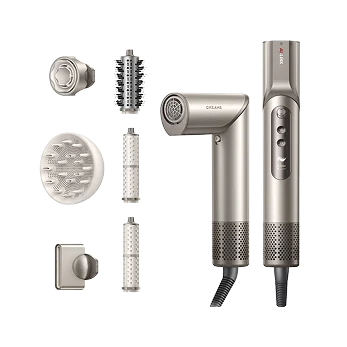
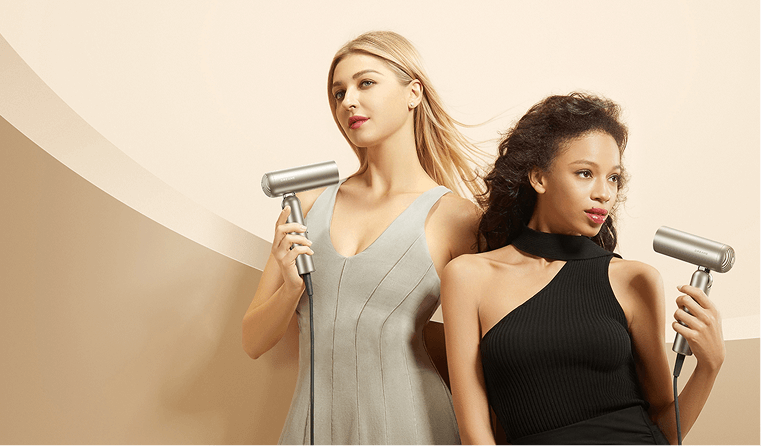
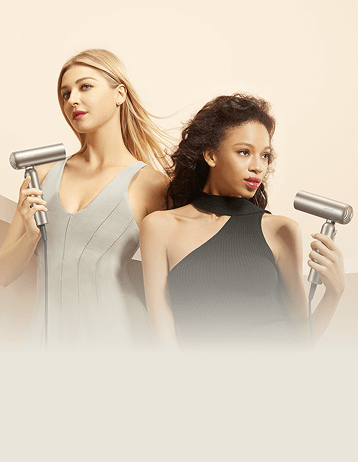
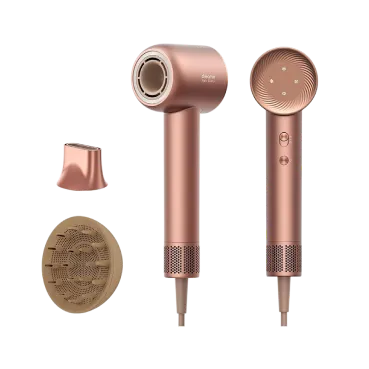
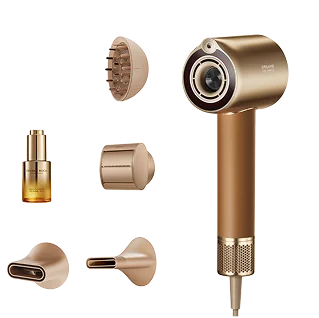
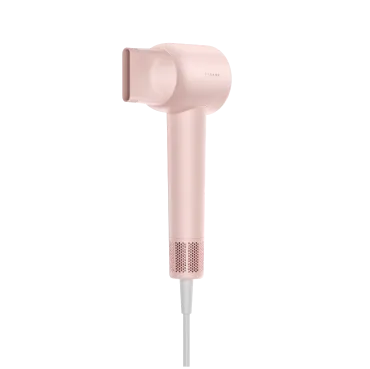


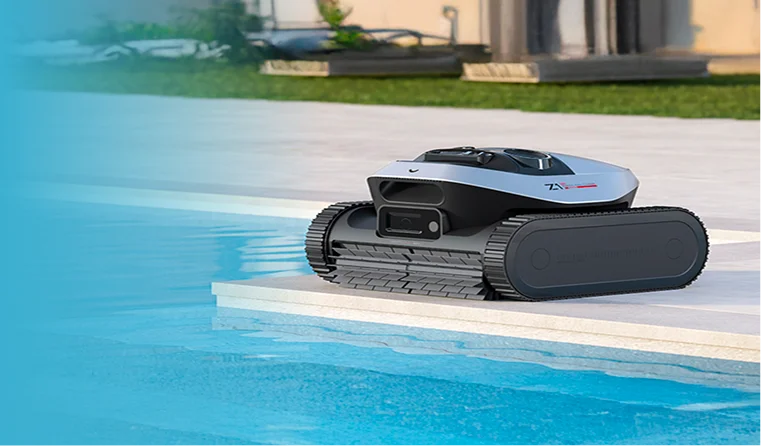
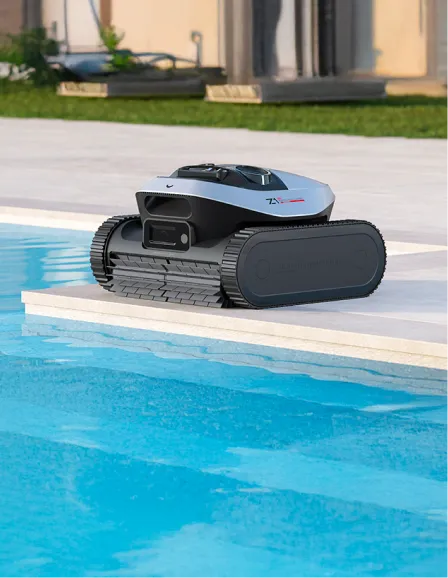
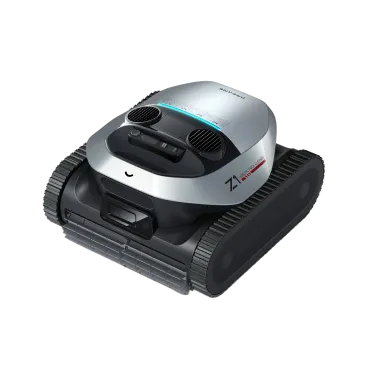
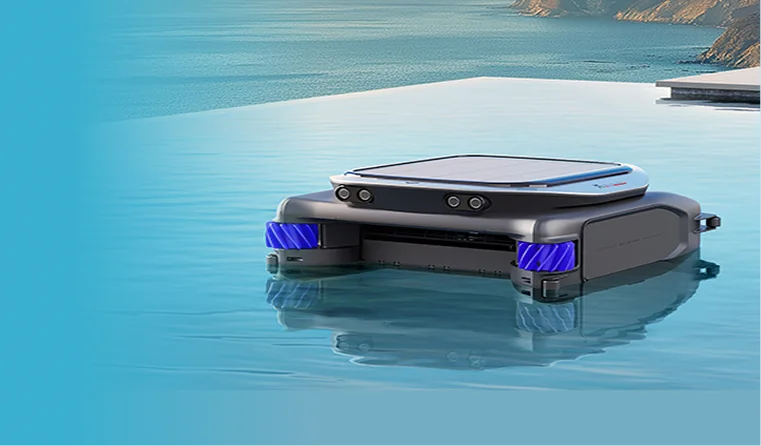
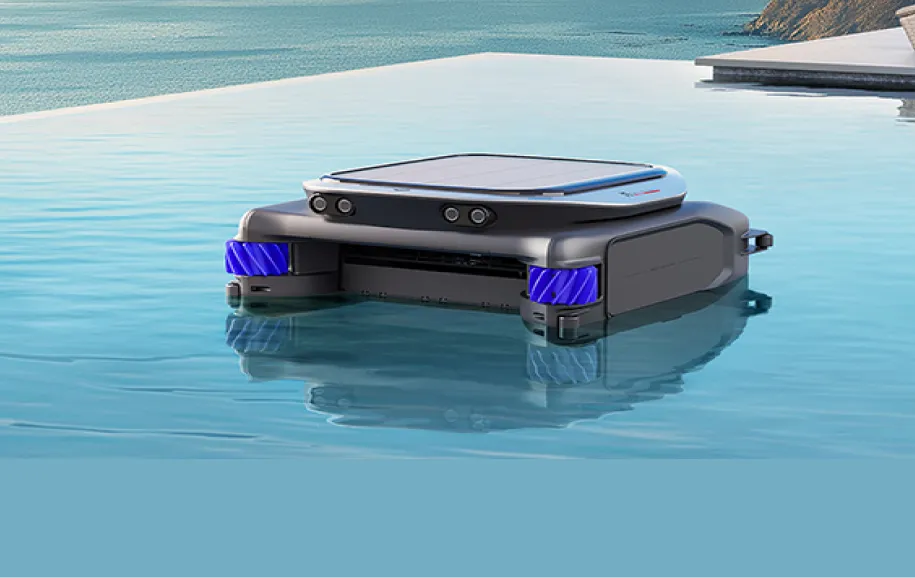










 Australia
Australia 中国大陆
中国大陆 日本
日本


 Türkiye
Türkiye


 Italia
Italia
 Netherlands
Netherlands Belgium
Belgium
 Greece
Greece Polska
Polska
 Norway
Norway
 Sweden
Sweden
 Finland
Finland
 Denmark
Denmark
 Hungary
Hungary Czechia
Czechia
 Slovenia
Slovenia
 Croatia
Croatia
 Switzerland
Switzerland United Kingdom
United Kingdom
 Canada
Canada







